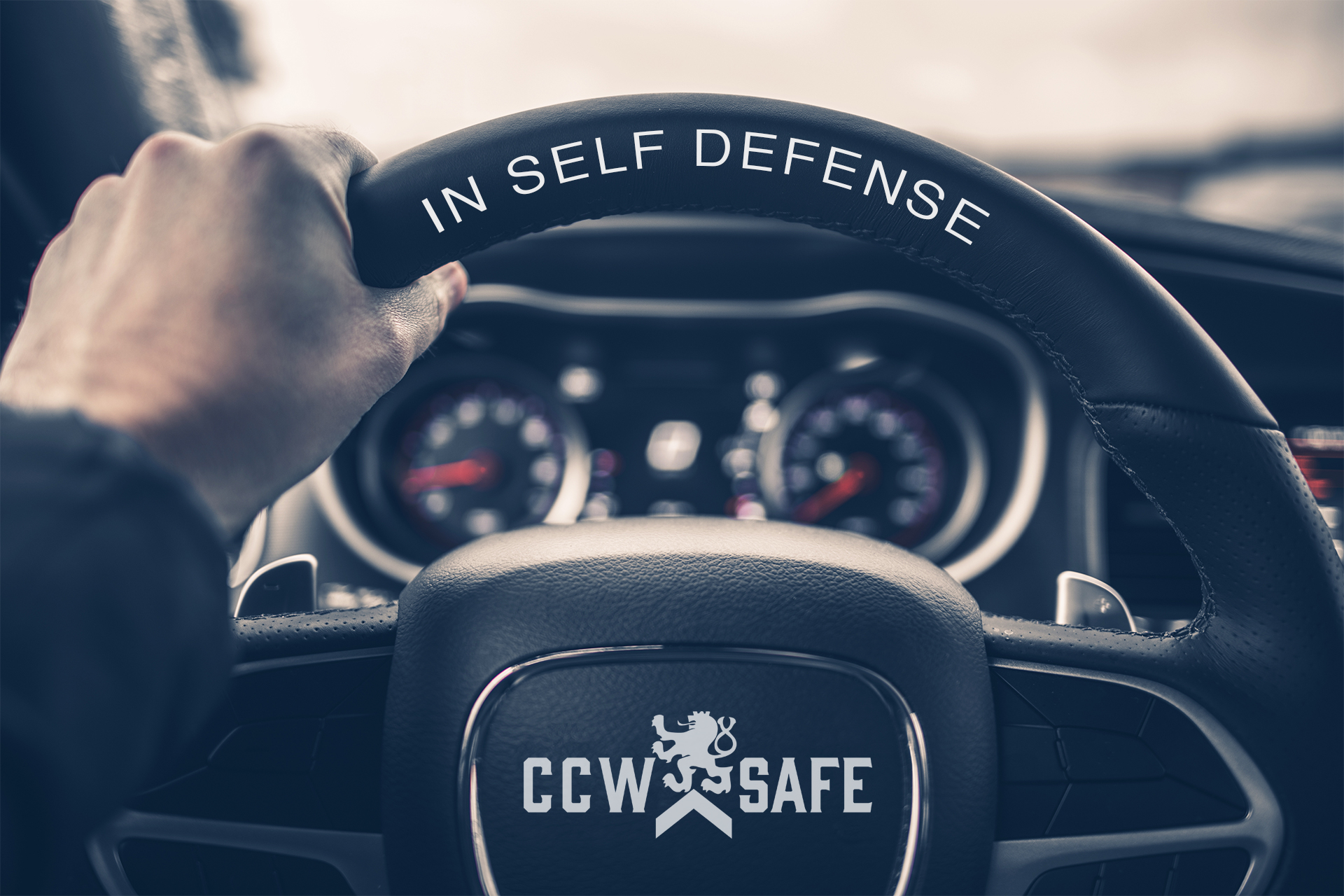
Posted on June 29, 2018 by Shawn Vincent in Shawn Vincent
The Shooting of Joe McKnight: A Cautionary Tale To All Drivers- Part V Post Incident Actions
The Shooting of Joe McKnight
“A Cautionary Tale to All Drivers”
Part 5: Post-Incident Actions
“He cut me off and got out on me,” 56 year old Ronald Gasser told investigators. “He got out of his car and put his hand in my vehicle, and I shot him.” According to the defendant, that was the deadly resolution of a five-mile “tit-for-tat mutual road rage” incident that ended with Joe McKnight dying on the road at an intersection in a suburb of New Orleans in December 1, 2016. Gasser learned only after the shooting that the man he killed was a former New York Jets running back.
Immediately after the shooting, Gasser exited his vehicle, still carrying his .40 caliber Smith & Wesson. Wendell Sam witnessed the shooting and saw McKnight laying between cars, still moving. When Sam and another witness started rendering aid to McKnight, Gasser put his sidearm down, but made no effort to call 911 or to help. Prosecutors raised the issue of Gasser’s lack of action at trial; he seemed more concerned with justifying his actions than he did with the fate of the man he shot.
“You may feel the last thing you want to do is help someone who just tried to kill you,” says Don West, national trial counsel for CCW Safe and veteran criminal defense attorney, “but the fact that Gasser didn’t render aid became a negative aspect in the case.” At trial, the prosecutors asked the jury to decide if the shooter felt genuine fear when he pulled the trigger or whether he felt malice. If Gasser had done more than stand around and make excuses for his actions while others tried to save McKnight’s life, it would have sent a powerful message to the jury that malice wasn’t his motivation.
Gasser remained at the scene for hours after the shooting, and he answered every question investigators had. At trial, defense attorney Matt Goetz asked the jury to consider Gasser’s willing cooperation as evidence his client felt justified in acting in self-defense. In truth, however, Goetz knew that giving detailed, recorded statements to investigators (without the counsel of a lawyer) was the biggest mistake Gasser made in the hours following the shooting. While Goetz worked hard before trial to have the statements disqualified from evidence, one of the first things prosecutors did during trial is to play all eight hours of Gasser’s uncounseled recorded testimony.
Don West encourages being cooperative with authorities after a self-defense shooting, but he says you should never give detailed statements without the advice of a lawyer. After the trauma of being involved in a shooting, he says, it’s impossible for someone to get all the details right — even if they are trying to be truthful. Any discrepancy between the shooter’s statements and the physical evidence will be used to “contradict or impeach” the defendant.
That’s exactly what happened in the Gasser case. Gasser told investigators that McKnight “lunged” at him through the open window of his car, and that’s when he fired his pistol. The problem for Gasser is that forensic evidence seemed to tell a different story. A forensic pathologist testified that the bullet wound in McKnight’s shoulder suggested that he was backing up, not lunging. Furthermore, there was a lack of stippling from the gun’s discharge found on McKnight’s clothes or body. It meant that McKnight was more than two and a half feet away from the muzzle of the pistol when Gasser fired. This evidence might not have been particularly devastating on it own, but because it directly contradicted Gasser’s statements, it made him seem like a liar. “He (McKnight) wasn’t as close as Mr. Gasser says he was,” the prosecutor told the jury.
Don West says that, with his detailed statements, Gasser “gave the prosecutors something to disprove,” and it damaged Gasser’s credibility with the jury.
The lesson for the concealed carrier is that what you do and don’t do after a self-defense shooting can have a profound impact on a potential prosecution. You should cooperate with authorities — even to the point of trying to save the life of the person you shot, if it’s safe to do so — but you should never give detailed statements to law enforcement without the counsel of an attorney.
In our next installment of “The Four Elements of Self-Defense,” we’ll review the lessons learned from the Gasser case.

Shawn Vincent- Litigation Consultant
Shawn Vincent is a litigation consultant who helps select juries in self-defense cases, and he manages public interest of high-profile legal matters. If you have any questions for Shawn, or would like more articles like this, let us know below!